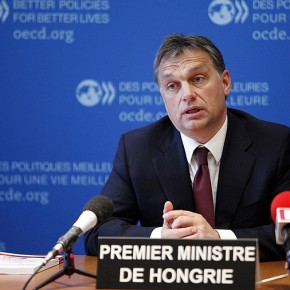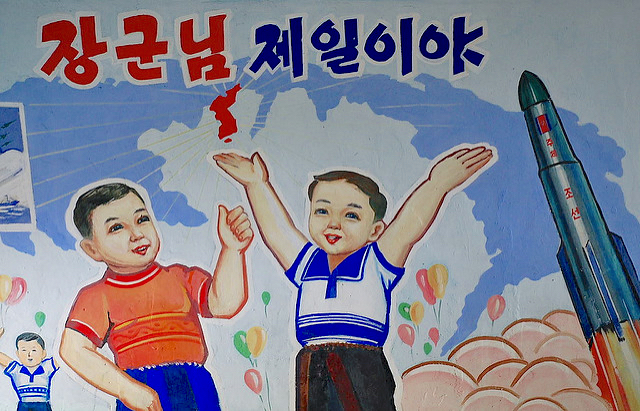When we consider a country from a politico-economic standpoint, we begin with its population, then analyze the latter according to its subdivision into classes, location in city, country, or by the sea, occupation in different branches of production; then we study its exports and imports, annual production and consumption, prices of commodities, etc.
It seems to be the correct procedure to commence with the real and concrete aspect of conditions as they are; in the case of political economy, to commence with population which is the basis and the author of the entire productive activity of society. Yet, on closer consideration it proves to be wrong. Population is an abstraction, if we leave out, e. g. ,the classes of which it consists. These classes, again, are but an empty word, unless we know what are the elements on which they are based, such as wage-labor, capital, etc. Those imply, in their turn, exchange, division of labor, prices, etc. Capital, e. g. does not mean anything without wage-labor, value, money, price, etc.
If we start out, therefore, with population, we do so with a chaotic conception of the whole, and by closer analysis we will gradually arrive at simpler ideas; thus we shall proceed from the imaginary concrete to loss and less complex abstractions, until we get at the simplest conception. This once attained, we might start on our return journey until we would finally come back to population, but this time not as a chaotic notion of an integral whole, but as a rich aggregate of many conceptions and relations.
The former method is the one which political economy had adopted in the past at its inception. The economists of the seventeenth century, e. g., always started out with the living aggregate: population, nation, state, several states, etc., but in the end they invariably arrived, by means of analysis, at certain leading, abstract general principles, such as division of labor, money, value, etc. As soon as these separate elements had been more or less established by abstract reasoning, there arose the systems of political economy which start from simple conceptions, such as labor, division of labor, demand, exchange value, and conclude with state, international exchange and world market.
The latter is manifestly the scientifically correct method. The concrete is concrete, because it is a combination of many objects with different destinations, i. e. a unity of diverse elements. In our thought, it therefore appears as a process of synthesis, as a result, and not as a starting point, although it is the real starting point and, therefore, also the starting point of observation and conception. By the former method, the complete conception passes into an abstract definition; by the latter, the abstract definitions lead to the reproduction of the concrete subject in the course of reasoning.

Hegel fell into the error, therefore, of considering the real as the result of self-coordinating, self-absorbed, and spontaneously operating thought, while the method of advancing from the abstract to the concrete is but a way of thinking by which the concrete is grasped and is reproduced in our mind as a concrete. It is by no means, however, the process which itself generates the concrete. The simplest economic category, say, exchange value, implies the existence of population, population that is engaged in production under certain conditions; it also implies the existence of certain types of family, clan, or state, etc. It can have no other existence except as an abstract one-sided relation of an already given concrete and living aggregate.
As a category, however, exchange value leads an antediluvian existence. And since our philosophic consciousness is so arranged that only the image of the man that it conceives appears to it as the real man and the world as it conceives it, as the real world; it mistakes the movement of categories for the real act of production (which unfortunately (?) receives only its impetus from outside) whose result is the world; that is true—here we have, however, again a tautology—in so far as the concrete aggregate is a thought aggregate, in so far as the concrete subject of our thought is in fact a product of thought, of comprehension; not, however, in the sense of a product of a self-emanating conception which works outside of and stands above observation and imagination, but of a mental consummation of observation and imagination.
The whole, as it appears in our heads as a thought-aggregate, is the product of a thinking mind which grasps the world in the only way open to it, a way which differs from the one employed by the artistic, religious, or practical mind. The concrete subject continues to lead an independent existence after it has been grasped, as it did before, outside of the head, so long as the head contemplates it only speculatively, theoretically. So that in the employment of the theoretical method [in political economy], the subject, society, must constantly be kept in mind as the premise from which we start.
Adapted from A Contribution to the Critique of Political Economy, by Karl Marx. Published under a Creative Commons license. Photographs courtesy of Joel Schalit.





